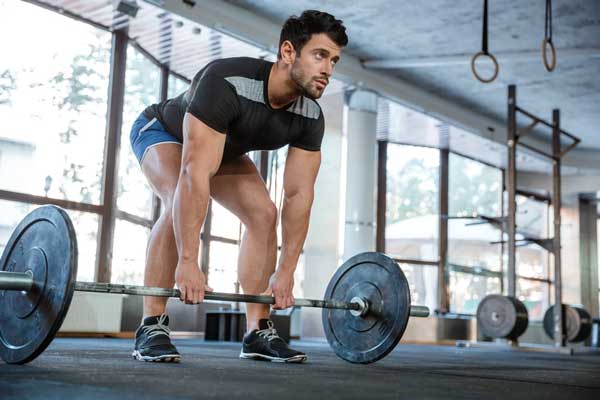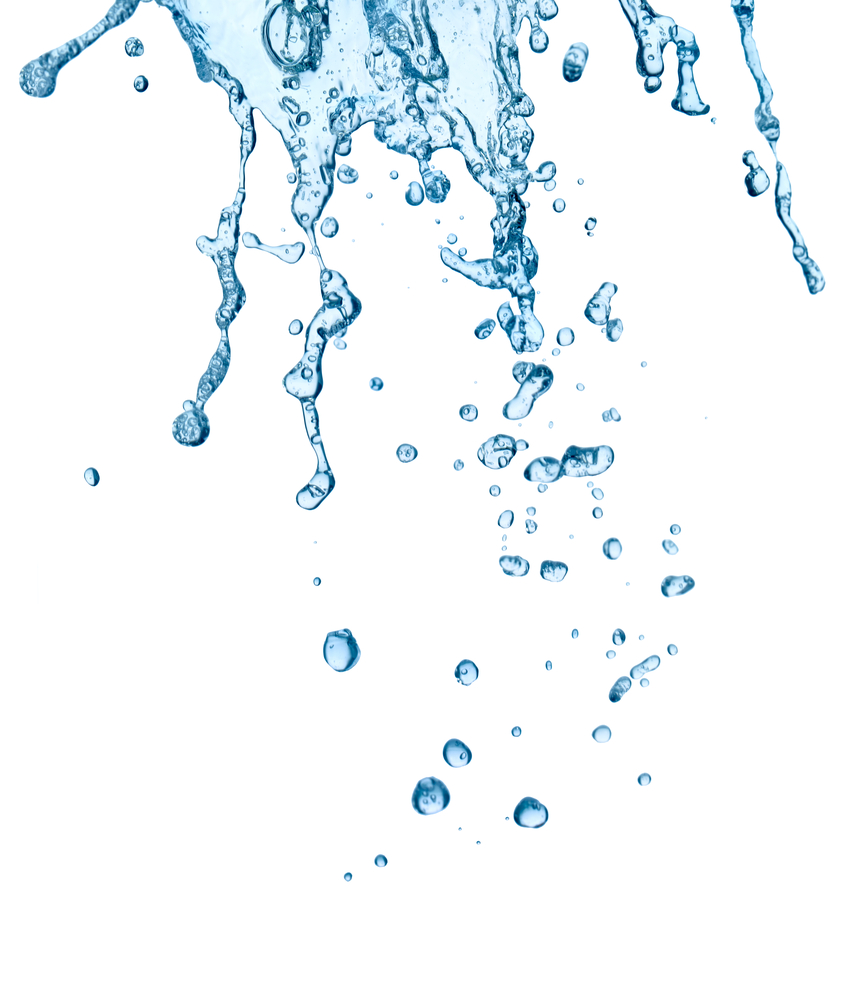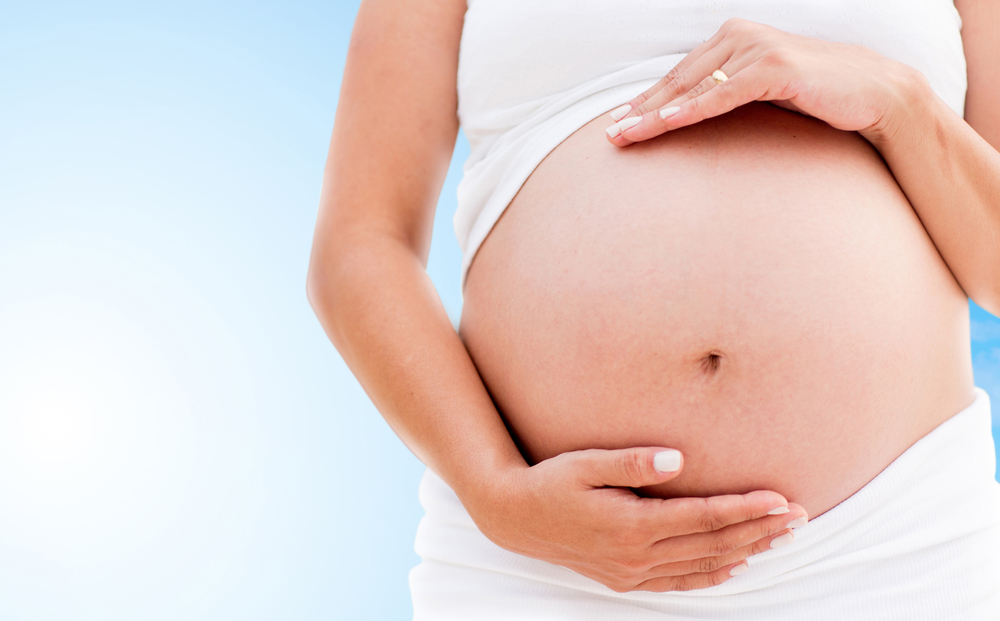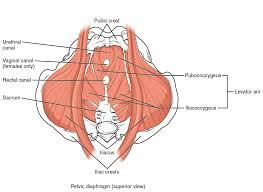Are deadlifts contributing to your low back pain?
Deadlifting is one of the most important core lifts at a bodybuilder’s disposal. Multi-joint, dynamic lifts, like this, have shown in research to build more muscle than any other types of lifts. It engages multiple joints and is a catalyst to gaining muscle in your legs, core, and back.
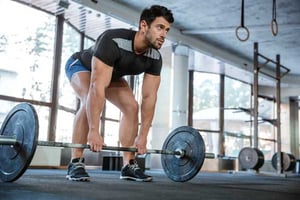
But these lifts, when done improperly, can cause pain and injury. Some lifters experience low back pain or pain down the back of their legs called “sciatica” during or after deadlifts. Sciatica is an umbrella term for pain down the back of the legs from over-stressing the sciatic nerve in the spine or hip (or sometimes lower, but not often). This irritation could be a pinched nerve, irritating or rupturing an intervertebral disc, or a low back muscle strain to name a few.
Throwing your back out while deadlifting can not only sideline you from lifting, but lead to further injury, and cause muscle and strength loss. Going to your chiropractor and getting your back adjusted can temporarily relieve the pain, but this does not fix the root of the problem on why deadlifting causes back pain. Low back pain scares weightlifters away from deadlifting, but there are many things you could know or do to prevent injury, improve your deadlift, and continue to gain muscle pain free.
Low back pain could be caused by multiple issues, but they usually are broken down into these categories:
Mobility Issues
There are many heavy lifters that have come into the physical therapy clinic have no idea what to do for low back pain. What blows my mind is how little motion they have in their hip joint and surrounding muscle. Too little flexibility in the hamstrings or your hip joint is one of the more common issues with deadlifting. Deadlifting requires hip flexion (bending of the hip), as well as eccentric control and flexibility in the hamstrings. This tightness forces your spine into a position that places stress on the discs during the initial lifting portion, which may lead to low back pain or sciatica.
Straightening of the hip, or hip extension happens towards the end of the lift and could be restricted by tight quadriceps or hip flexors. A lack of hip extension could place more work on the low back muscles and contribute to soreness or pain.
Spine mobility can also play a role in back pain, but usually the main culprit is the spine attached to your ribcage (thoracic spine). Due to the increased number of sedentary jobs and lifestyles in the 21st century, many people have a more, hunched over, or kyphotic thoracic spine with limited movement out of that position. This lack of motion can wreak havoc on your low back during deadlifts as it forces more of the motion and stress to the lower back.
Stability or Control
Stability or control issues may be hard to see when it comes to weightlifters and bodybuilders, but it can happen over long periods time if they are not using the right muscles for their lifts.
Core control is vital during deadlifts to keep this spine in what we call “neutral” or straight with no bend in the low back. A lack of core control could push the spine in to the end limits of how much is can move and increase the risk for injury. Your rectus abdominus (six-pack muscle), obliques, paraspinals in your back, and even your latissimus dorsi (lats) play into core stability and are vital.
Hip control consists of your rear muscles lead by your gluteus maximus and hamstrings, and also your outside or lateral muscles including your gluteus medius and minimus. The rear muscles should take the lead roll with deadlifts, and take pressure off of your back. Without this stability the lifter will rely more on their back muscles, placing too much stress on the spine and can lead to injury.
Muscle Activation
Many readers may wonder how activation may be different than stability. If you have a stable or strong muscles, it should be doing what it needs to do during the lift, right? Well, this might not always be the case.
For example, if my buttocks and hamstrings were too weak, and I did eight to ten weeks of strengthening these muscles to bring them back to sufficient strength, would this directly help my deadlift form? Not necessarily.
So how do we train muscle activation during deadlifts? The answer is with technique or form training. Now, many of us are not a fan of lifting in front of mirrors (or maybe too much of a fan), but seeing your deadlift form in a mirror, or on camera, can improve your quality of deadlift dramatically.
The best way to do this is to perform a couple reps with feedback from a mirror or a friend, and then do a few reps without feedback. Form training is usually done with a lighter weight and may be a good warm-up before your heavy lifting days.
Does this mean we should ignore strengthening muscles and solely focus on form? Again, not necessarily, it is the combination of both strengthening the weak muscle, and using technique training of the muscle during deadlifting is what to do for low back pain.
Where do I start?
When a person doesn’t know what to do for low back pain or sciatica during deadlifts there is a large discrepancy in what causes the pain. What you CAN’T do is ignore the pain and hope it goes away. What you CAN do is look at these categories and ask yourself, which one do I fall into?
I only lift upper body and do one or two main leg lifts. You may need a stability or strength program looking at hips, and core (all parts).
I work on flexibility and joint mobility once or twice a week. You may need a daily mobility regiment looking at hip & thoracic spine.
I have never seen or observed my deadlifting form or think my form could improve. Find a mirror, or a phone and a friend, and get practicing.
Finally, a Physical Therapist can evaluate all of these factors, and determine what is causing the low back pain with deadlifting. From there we can manually treat your pain and walk you through a detailed plan to get back into the gym!
Physical therapy for low back pain associated with deadlifting in Columbia and Ellicott City, Maryland
Fill out our form below and tell us more about your pain with deadlifts. Our clinic is located within the Colosseum Gym on Red Branch Road in Columbia, MD 21045.

